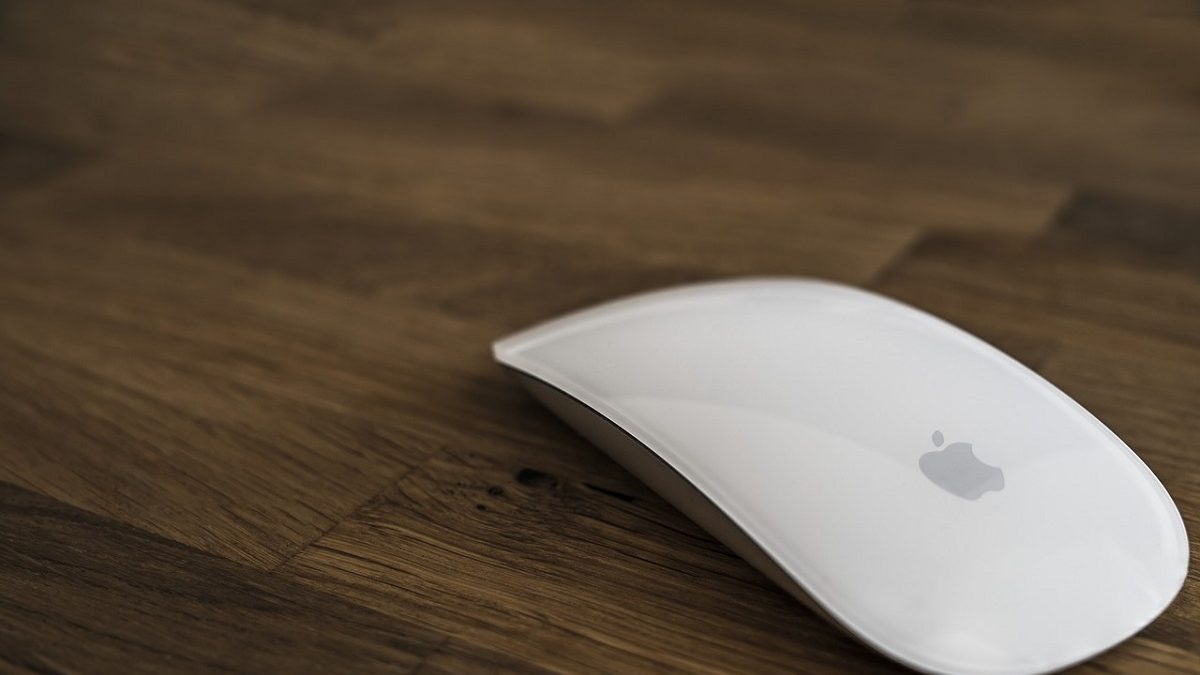Table of Contents
Mechanical Mouse Definition
Mechanical-Mouse is a pointing device that integrates inside a series of rollers that are mechanically moved by a sphere.
When the discs rotate, a pair of infrared emitters generates in electrical sensors are sent using a cable to the computer.
Mechanical-Mouse interprets them as positions on the screen using the pointer (the arrow that moves on the screen when moving the mouse).
What are the characteristics of the Mechanical Mouse?
- Allows you to place the pointer (the arrow that moves on the screen when you slide the mouse) or the cursor (the line that flickers in the programs when writing), in the desired place on the screen.
- Basically, It allows you to move between menus quickly.
- Mechanical-Mouse has two buttons. The left button is to point to the menu or icons and the right to activate a context menu.
- Initially, they integrate with a third central button called intelligent, which allows you to move the top pages bottom and vice versa.
- The third simple button has replaced by a button called ” Wheel ” that allows you to press and turn it to replace the work of the third button.
- And also, They need maintenance since their mechanical parts are prone to dirt.
What are the parts that makeup Mechanical Mouse?
External parts of Mechanical Mouse
- Right / left button: a point to a menu or icon, as well as call a context menu.
- Wheel (Scroll): a smart button that allows you to lower and raise the screen vertically only by turning it.
- Cover: Firstly, protects the internal circuits, gives the mouse aesthetics and has a way to be taken by hand.
- Sliders: allow a better movement of the mouse on the smooth surfaces.
- Sphere of bearing: determines using mechanical movement the position of the mouse on the surface and transforms it into coordinates of the monitor.
- Cable: And also, receives the power and sends the signals to the computer port.
- Secondary buttons: it includes user-programmed functions to save access times to applications.
Internal parts of Mechanical Mouse
- Cable: receives the power and sends the signals to the computer port.
- Switches: receive the impulses by pressing the right and left mouse buttons.
- Wheel (Scroll): a smart button that allows you to lower and raise the screen vertically only by turning it.
- Hardware controller: And also, processes the signals produced by the mouse and sends them to the wave emitter.
- Sphere of bearing: determines using mechanical movement the position of the mouse on the surface and transforms it into coordinates of the monitor.
- Mechanical sensors: they move in synchrony with the sphere and generate the impulses that interpret as positions on the monitor.

